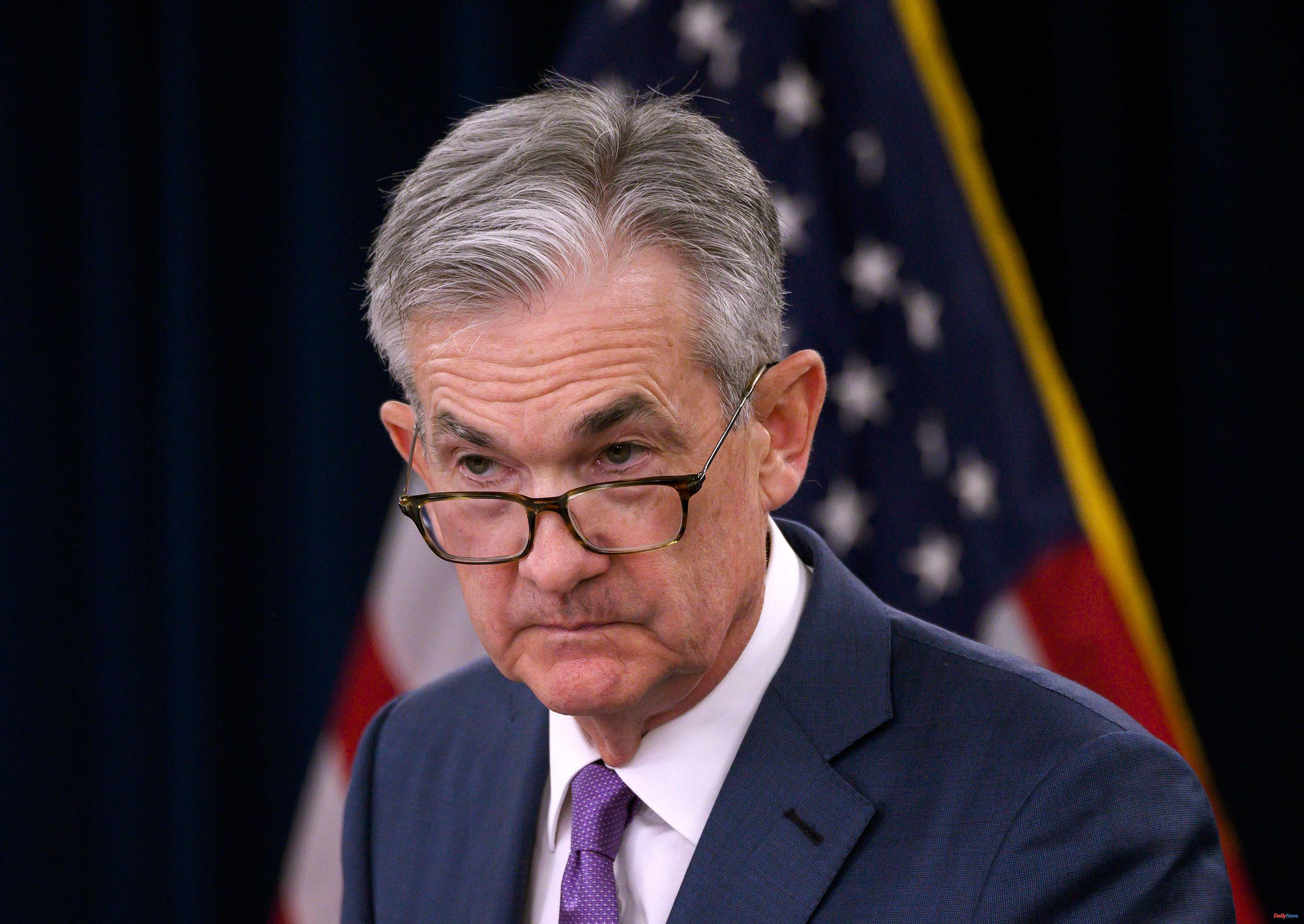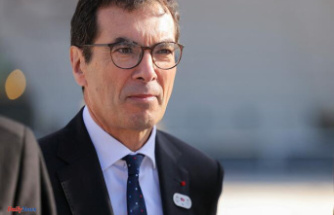Jay Powell, the chairman of the Federal Reserve, is not an economist, but a lawyer. And the way in which it has managed, at least from a political point of view, the crisis of the Silicon Valley Bank (SVB), which was intervened last month in what was the largest nationalization of an entity in the US since 2008 - although the record could be broken this weekend - it has been a masterpiece of taking responsibility and putting others under the horse.
Because the official Federal Reserve report on the SVB crisis, which nearly became a global phenomenon and claimed Switzerland's second largest bank, Credit Suisse, should be required reading in Political Science schools. Powell and the Federal Reserve admit their fault. But then Powell - who is a Republican, was installed by Donald Trump to replace Democrat Janet Yellen, and was later confirmed by Democrat Joe Biden - comes to blame the regulatory changes imposed by the Republicans. in Congress with Donald Trump.
In case more scapegoats were needed, the report attributes the change in attitude of the 'Fed' to Randall Quarles, who directed banking supervision. Thus, the Federal Reserve and its top manager, Powell, assume responsibility... but blame others. In the case of Powell, on top of that, to his party co-religionists, who put him in power.
The key is that in 2010, the US Congress tightened control of banking entities. In 2018, he relaxed it. And that is the key to the crisis, according to the indirect affirmation of the Federal Reserve. The opinion of the 'Fed' is clear and, at the same time, political. Of course because he admits that the responsibility of the SVB - which was the sixteenth largest bank in the United States, with enormous weight in the venture capital sector for the financing of technology and life sciences companies - is his responsibility. . And political because it comes to trace the origin of these supervision failures in the decision of the Republicans in the United States Congress, supported by Donald Trump, to relax the supervision of medium-sized banks, among which was SVB, in 2018 .
The regulation change not only exempted SVB from the Federal Reserve's 'stress tests', in which the issuing institution analyzes how the bank's income statement would react to a series of external 'shocks', but also gave a lot of more leeway for the supervisor's management to decide how it would or would not apply the regulation. All this contributed to a change in the policy of the regulators that translated into "a change in supervisory policy that in practice impeded its effectiveness by reducing the criteria [required of the bank], increased complexity, and promoted a less firm approach ", according to Michael Barr, the vice president of the 'Fed' for supervision.
This, according to the report, created a situation in which the Federal Reserve was seeing how problems were accumulating in SVB already since 2017. The bank experienced a great expansion - like all of Silicon Valley - accompanied by a massive turnover of employees, which caused concern in the 'Fed' about the entity's ability to manage an increasingly large and complex balance sheet. In 2021, the 'Fed' informed SVB six times of the existence of management problems, but the bank's management never fully followed the recommendations of the central bank, which, as part of its new policy, had no reason to push in that direction. .
The result was the largest intervention by a US bank since 2008, although, since the crisis is not over, this weekend could break that record. Because, while the 'Fed' was issuing its report, another California regional bank, the First Republic, seemed to be headed for a possible intervention. The entity's shares had fallen 48% at the opening, and have already accumulated a decline of 75% so far this week.
The chances of one or more of its competitors taking over the First Republic - even if it is with state support - are fading, in part because the Joe Biden government is skeptical about the viability of such a solution. Already in March, First Republic was the object of a rescue by the private sector, when ten large banks injected 30,000 million dollars (27,000 million euros) of capital into it. It hasn't been six weeks and the bank is once again on the verge of bankruptcy. Meanwhile, the Federal Deposit Guarantee Corporation (the equivalent of Spain's Deposit Guarantee Fund) was preparing an intervention and a future sale of the bank - possibly in pieces - to its rivals. If the intervention is carried out, it would be the largest since the 2008 "junk mortgage" crisis, given that First Republic is the 14th largest bank by assets in the United States.
According to the criteria of The Trust Project












